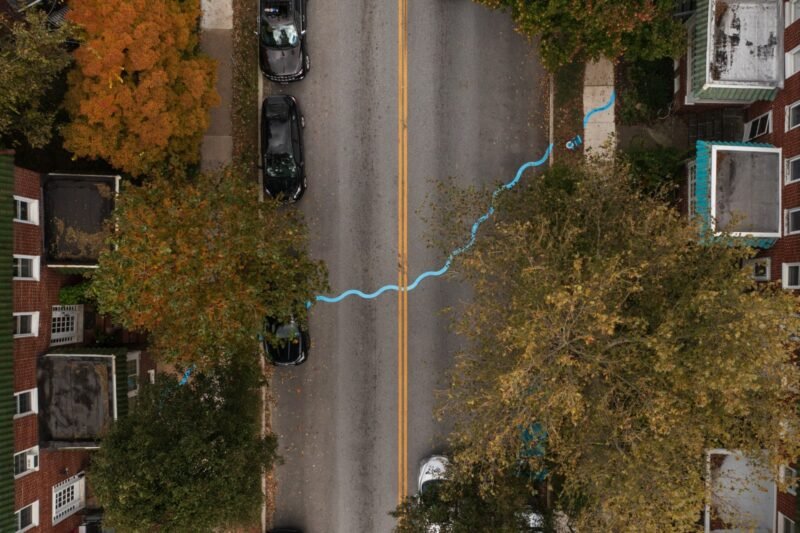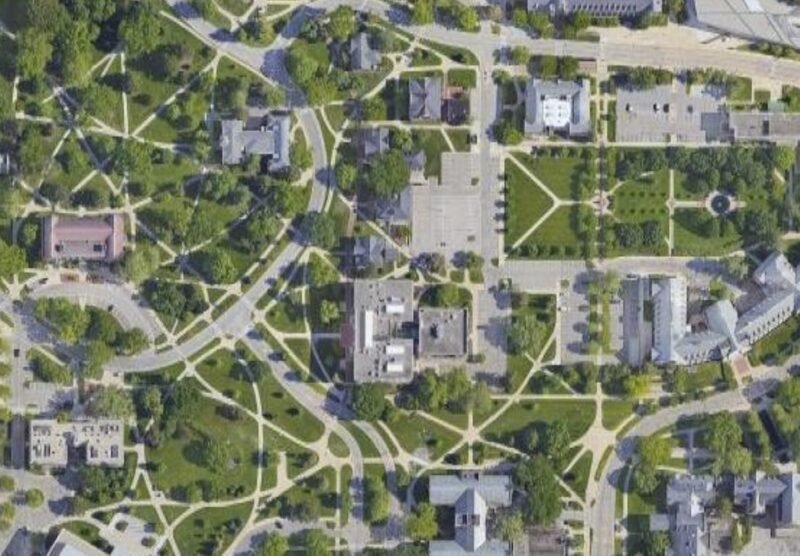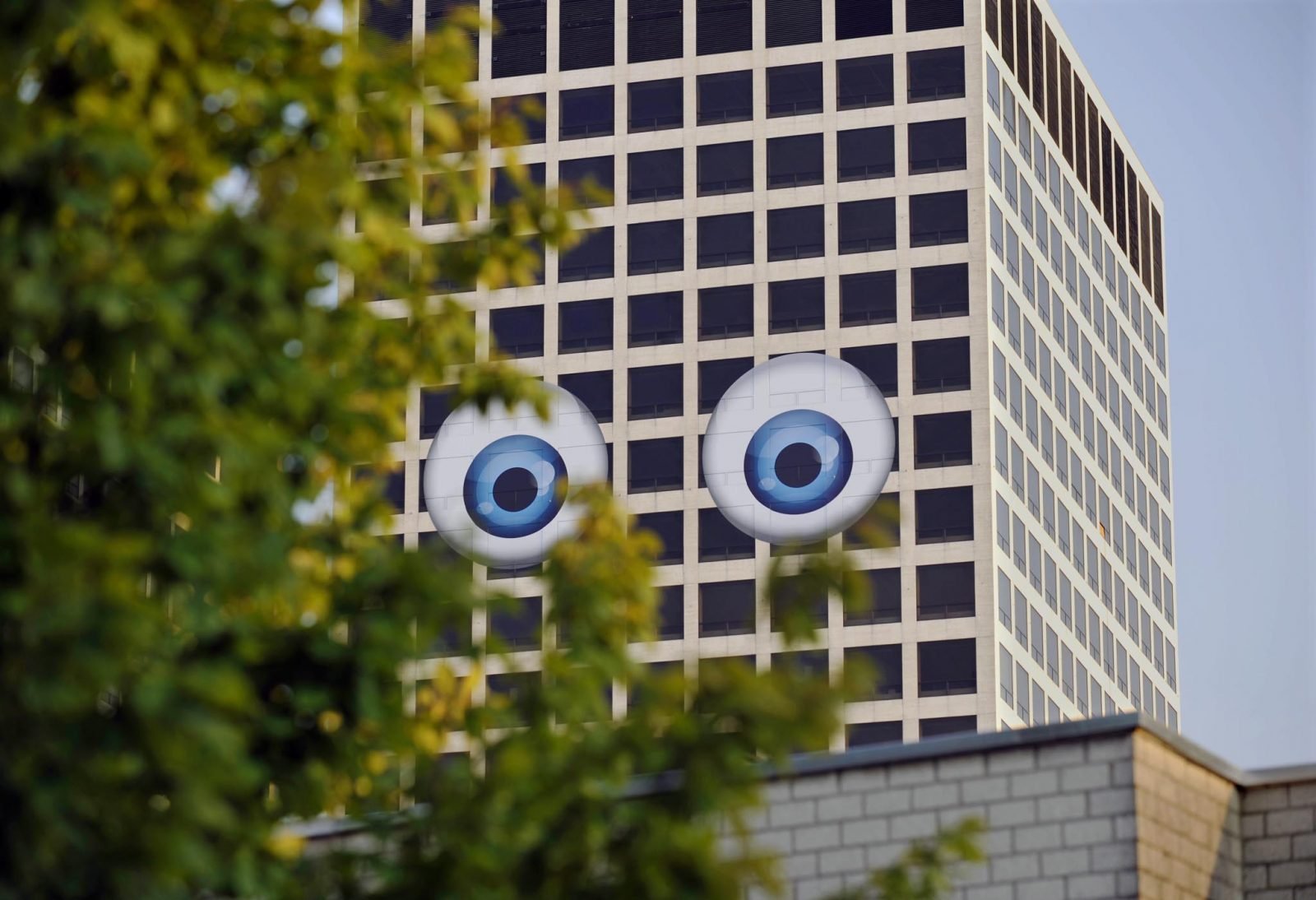Crowdsourced Urbanism In Helsinki: The Rise Of Facebook Democracy?
Many companies and organizations have taken advantage of a crowdsourcing model to gauge public opinion on a wide range of questions. Now, the government is doing it. Last April, residents of Helsinki were given the opportunity to try proto-crowd sourced democracy: a pop-up touch screen to “Like” a proposal for a government funded Guggenheim museum in their city (unlike Facebook, the screens also featured a ‘Dislike’ button, giving the opposition an opportunity to be heard as well.)
The campaign came from advertising agency HeyDay, as part of an award winning media strategy. Working with outdoor advertising giant JCDecaux, HeyDay set up two booths featuring touch screens close to the site where the Guggenheim was proposing to develop a Helsinki branch of its museum. The voting stations proved to be a popular way for people to engage with an important civic issue. On the first day of opening, the booths registered several thousand votes with the dislikes 35% higher than the likes.

But, even with a one second delay to dissuade double-voting, the Helsinki touch screens had no way of stopping users from repeatedly casting a vote to skew the results. As a result, the votes were not binding, but the outcome could have potentially boosted the winning side’s argument. Even if the votes weren’t official, the visibility and playfulness of the touch screens encouraged people to engage with an important civic issue. Also, a government’s adoption of Facebook-style referendums marks a huge shift in the way we interact with the state.
It’s also interesting that HeyDay chose to place the touch screens near the proposed site of the museum. The vote could have easily taken place online, with no physical “on-site” component. The pop up touch screens show that even with the ability to have conversations and make decisions on the internet, the physical location of the museum remained a very important element of the decision: place matters!
In the end, the Guggenheim plan was rejected by Helsinki’s municipal government. Does this mark the end of starchitecture in the face of crowdsourced urbanism?



